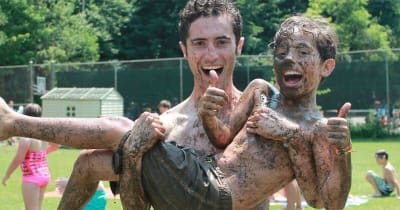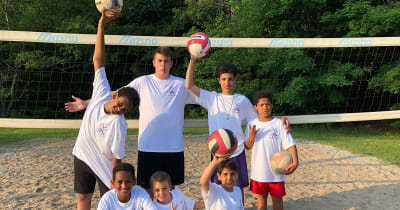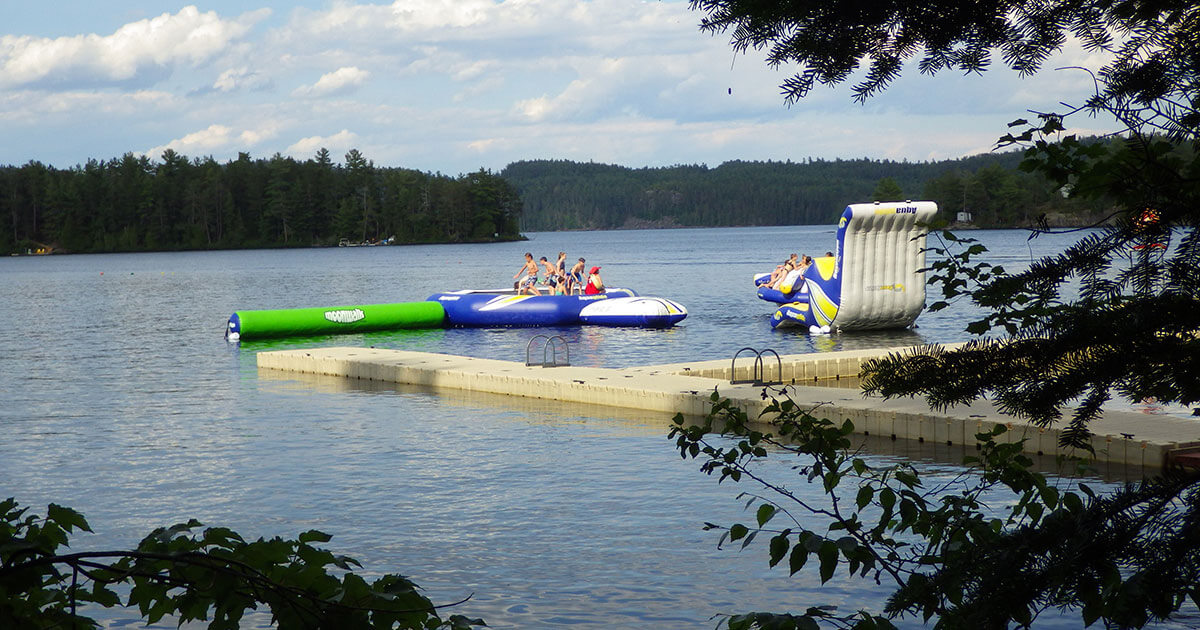Find STEAM classes near you
We list STEAM after-school programs in cities across the country. Find your city in the list below and discover programs near you.
Search STEAM classes in ANY CITY
What children learn in a STEAM program
Design skills. Design is the first stage of a STEAM project. Depending on the camp, and project they are building, kids use digital and/or traditional tools to map out creations. This may include media like painting, drawing, or digital design software. Basic design gets kids to articulate creations from out of their imaginations into a well thought-out visual. They learn the importance of planning.
Fabrication. After designing a project, kids get their hands dirty and begin construction. Camps specialize in everything from woodworking to 3D printing to crafting materials to build projects. Whatever the medium or tools used, kids select and fasten materials and bring their design to life. Kids pick up basics of architecture, geometry, and even civil and mechanical engineering!
Fundamentals of electricity. More advanced STEAM programs build projects requiring electricity. These include the building of robots, motorized trains, a spaceship interface, and similar projects. Kids start with building a beginner-friendly circuit board. They learn components of an electronic circuit like the energy source, conductors, and controllers. They begin to understand how electricity works, and how it’s used to power things they build.
Programming fundamentals. STEAM programs always involve some coding. For example, projects like robot-building or today’s model trains require programming. Classes use microcontrollers—pocket-sized computers used by electrical engineers, students and hobbyists alike. Kids get the excitement of programming their robot to move, or light up LED displays on their train engine. It’s a fantastic introduction that immediately shows coding in action.
Multi-modal thinking. A STEAM-centered education is integrated and interdisciplinary. It doesn’t value one subject over another, or segregate subjects. Subjects are taught in relation to each other and the importance of each is emphasized. Kids approach problems from different perspectives, and draw on various streams of knowledge. For example, kids learn how to build and program a remote control train and apply design principles to make one that looks good, applying their unique vision.
The benefits of STEAM programs
Holistic education. STEAM stands for science, technology, engineering, arts and math. It combines the very technically-oriented STEM curriculum with the arts. It’s comprehensive education that encourages kids to become well-versed in each area of study. Not only will they learn how these disciplines work together, kids explore multiple areas in STEAM programs and discover interests that appeal specifically to them. For instance, you'll find this at The STEAM Project.
Project-based learning. STEAM programs teach kids that they can design and build a project from the ground up. Camps orient themselves around specific projects. Examples we’ve seen include building a model spaceship, a robot, and a battlebot army tank. Starting from the design stage, kids build a circuit for their project, then program it in code. Kids let their imagination flow, work with their hands, and put their minds to work, all while building something really cool.
Express creativity. Kids have the opportunity to draw on their own creativity in STEAM projects. STEAM programming gives them the skills to create anything they put their minds to—whether that’s a custom world in Minecraft, their own tiny home layout and custom furniture, or a robot! The STEAM programs listed here give kids opportunities to create projects in any form they aspire to learn—digital creations, 3D printed constructions, or hand-crafted projects.
Build independence. With guidance from skilled instructors, kids take on a multi-step project and decide their own course of action. Given the tools and a supportive environment, kids successfully tackle a unique vision. They learn to solve problems and surmount obstacles on their own. They gain confidence from successes. When kids develop independence at an early age, they flourish.
Leave camp with a souvenir! STEAM programs lead to the creation of tangible objects. Depending on the skill level and type of program, kids spend the entire camp on one big project or tackle a new project every class. In either case, kids finish the program with a real, physical thing they’ve built—that they can show off. Gather friends and family, and schedule a show-and-tell!
You might also be interested in:
There are many different ways that kids interested in STEAM can explore this. Take a quick look around our site at ways to deepen learning in an aspect of STEAM, as well as closely related pursuits:
Science camp offers a variety of activities that deepen kids’ interest in the sciences. Camps one our site may be put on by universities’ science departments, science activity centres and the like. We also list camps related to specific scientific studies, like architecture camp or zoo camp.
Technology camp deepens kids’ and teens’ understanding of tech, and within this field they can explore deeper into specific pursuits, through coding boot camp, for example.
Engineering camp will speak to aspiring engineers and kids who want to develop skills in relevant pursuits like robotics, as you’ll learn at kids’ robotics camp.
Arts camp comes in a wide array of subsidiary pursuits that includes many different kinds of arts that you can also dive into, for example, through dance camp, comedy camp, music camp, etc.
Math camp sharpens skills in mathematics concepts, critical to computer science and other fields. You can also discover more about related fields at, for example, an artificial intelligence camp or mechatronics camp.
STEM programs after school are, of course, quite similar, with a more rigorous focus on those four core elements.
Learn more about STEM and STEAM resources from across our site:
Further reading and research
"STEAM Fields." Wikipedia.org.
"STEM Education: Curriculum and Resources." Dcp.edu.gov.on.ca.
Frequently Asked Questions
How many STEAM programs for kids and teens are there?
There is 1 program specializing in STEAMIn addition, there is 7 program offering steam as an activity. Use the filters to narrow by age and program type, then click on matched programs to see daily activities, dates, rates and registration information.
What are the fees to attend STEAM programs for kids and teens?
Fees for STEAM programs for kids and teens range from $299 to $349 per program (program types and lengths vary). Use the filters here to narrow programs by age and type.
What age do STEAM programs for kids and teens start at?
There are programs available for children aged 5 through 14.
Where can parents meet with STEAM programs for kids and teens?
Meet with program directors and staff at the Our Kids Camp & Program Expo. The Expo is held annually in February, and is a fun and informative day for parents, kids, and teens. Find event details and free tickets here.
















